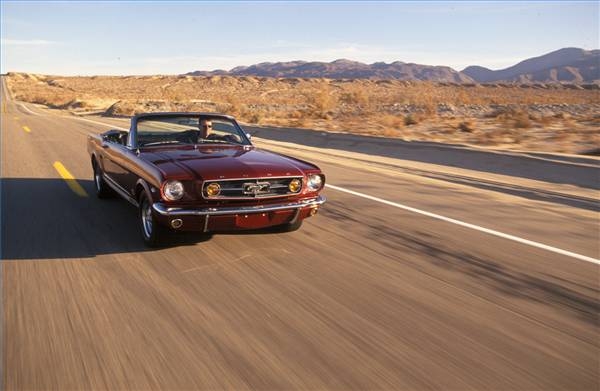
Follow these 16 steps to improve your older car or truck's fuel economy--whether it runs on gasoline, diesel, ethanol or biodiesel. You may need to adjust your driving style a bit or make a few modifications to your vehicle. But if you follow most of these suggestions, you can expect your gas mileage to improve as much as 41 percent in the city and 22 percent on the highway, according to Ford Motor Company, which has given courses on how to get better mpg.
Clean out the trunk. Every extra 100 lb. on board reduces your mileage by about 2 percent. So get the junk out of your trunk--and your back seat and your cargo area. And if you can remove a third row seat, leave it in the garage.
Ease up on the gas pedal. The faster you accelerate, the more fuel you use.
Use the A/C. This may sound counterintuitive, but once you get going above 35 mph, you're better off rolling up the windows and turning on the air conditioner. Open windows create a lot of wind resistance.
Choose tires designed for good fuel economy. Swap the big off-road mud tires or the super-sticky high-performance tires for low-rolling-resistance rubber.
Quit idling. When you sit still with the engine running, you're getting 0 mpg. If you're going to be stopped for more than a minute, shut off the engine.
Reduce drag. If you've got a big cargo box or snowboard carriers attached to your roof rack, take them off. In fact, if your roof rack is removable, take it off, too. And if you've installed anything else that creates drag--like a big spoiler or wing out back or a sun visor over the windshield--consider removing it.
Check your tire pressure. Underinflated tires will not only wear out sooner, they'll reduce your gas mileage by as much as 3 percent.

Get a tuneup. Anything you do to improve your engine's efficiency will improve fuel economy and performance and reduce emissions, too (a nice benefit if you're worried about passing a smog test).
Upshift. According to Ford, you'll burn 25 to 35 percent less fuel if you drive in fifth gear instead of third.
Add a tonneau cover. If you have an older pickup truck, you can gain about 0.1 to 0.3 mpg just by covering the bed. It doesn't matter if you choose a soft or a hard bed cover.
Choose lightweight wheels. Heavier wheels (and tires) have higher rotational inertia, which means you burn more gas or diesel to get them rolling.
Go low. A lifted vehicle will almost always have poorer aerodynamics than a vehicle that's closer to the ground.
Check your air filter. Replacing a clogged filter can improve mpg as much as 10 percent. Swapping to a high-flow, high-performance filter can both improve fuel economy and make more power.
Change the oil regularly. As engine oil gets old and dirty, it gets thick and sludgy, which reduces your gas mileage.
Slow down. Driving at 65 instead of 70 mph on the highway saves as much as $5 to $10 an hour in fuel, according to General Motors.
Get an alignment. Wheels that are trying to drive in different directions will not only cause your tires to wear out faster, they'll reduce mpg.